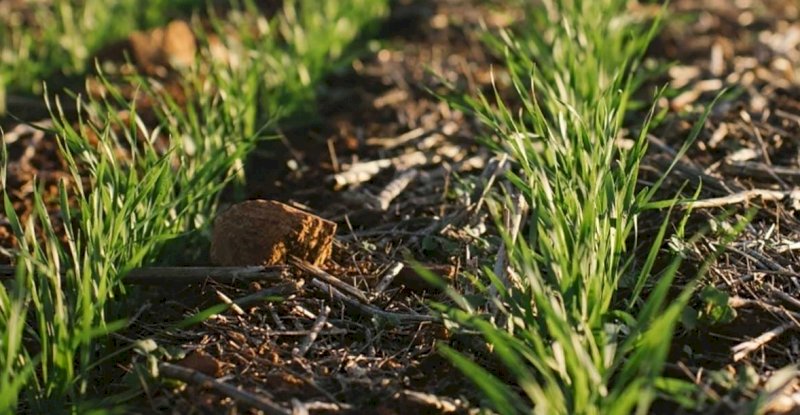AWB - Grain growers welcome improved conditions
- By: "Farm Tender" News
- Cropping & Grain News
- Jul 01, 2022
- 361 views
- Share

By Nicholas Robertson - AWB
Never in recent history has it felt like the ag commodities market has exhibited such volatility in such a short space of time. A macro meltdown was felt over the past two weeks globally and the agricultural community were not immune to the destruction. Across the world inflation rates are gathering pace and as a result, countries are sharply lifting cash rates to curtail the problems associated with the rising cost of living. With many market participants nervous about what’s to come, looking forward it does not feel like the end of the story for these inflation issues.
As mentioned, grain and oilseed futures markets have fallen significantly on these macro problems however there are other fundamental issues playing out that are having an impact on prices on offer to farmers. In the oilseeds space, European and Canadian farmers were watching a bullish palm story unwind and sold heavily into the falling market. Palm oil exports had been banned in Indonesia and on the back of this stocks had been building. With Indonesia somewhat reversing the ban on palm this was a trigger for a market selloff. In addition, Canadas’s rapeseed sowing program has finished and conditions have been improving through key growing areas. Since this news hit the market, Winnipeg futures have fallen CAD$200 since the start of June with MATIF February contract falling EU100. Aussie values have followed international markets giving up $200 since the start of June.
While not to the same extent as canola, wheat values have also softened through June falling about $70 per tonne over the month of June.
Crop conditions in Australia have mostly improved in the last few weeks with wetter conditions in the west of the country and drier conditions in the east of it. Plenty of growers through NSW have welcomed a drier tone to forecasts recently however it remains to be seen whether the last of the planned winter crop program is sown through the wetter parts of the Riverina, Central West and Northern regions of NSW. With most of the wet conditions being experienced in the eastern parts of these zones, the western areas are thriving on healthy moisture profiles. Such a divide between the east and west of NSW is unusual and as such analysts will have a tough time in forecasting crop sizes as the year progresses.
Farmers have taken on higher input costs to plant this year’s winter crop and as a result are relying heavily on achieving both good yields and attractive prices to return a profit. So far with good rainfall and a promising forecast, yield feels achievable but with prices falling and the market taking a somewhat bearish turn, waiting for harvest cash pricing may be risky. Locally we are looking at a third bigger-than-average crop in a row and there feels plenty of selling still to come from growers in Australia.










Share Ag News Via